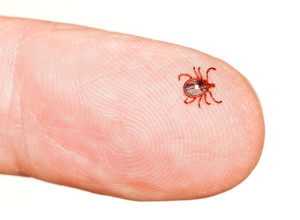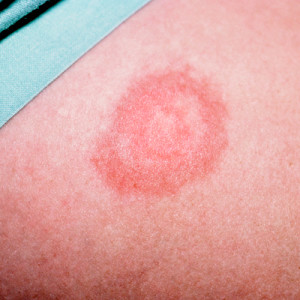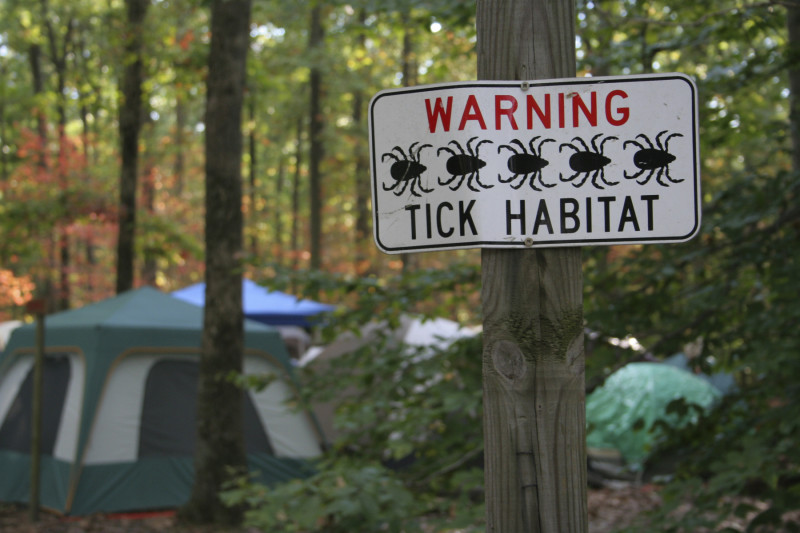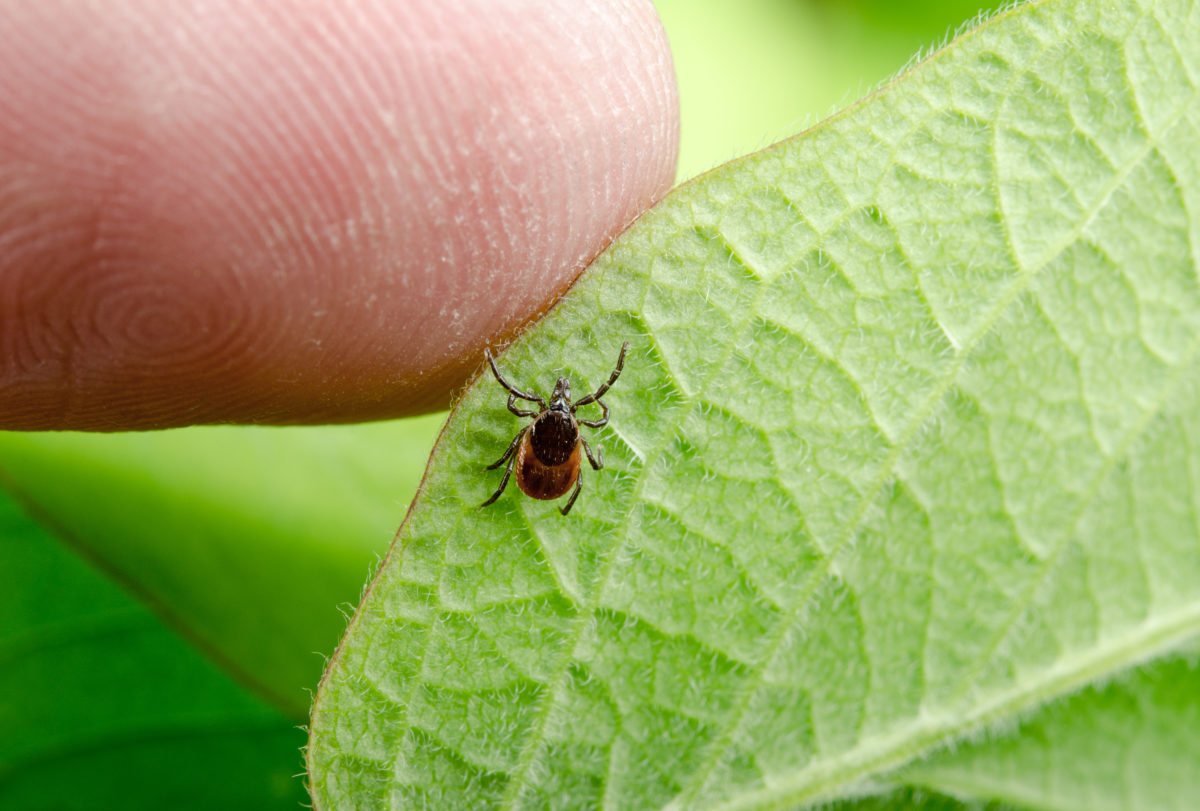Living in the Northeast, I’m constantly hearing people concerned about contracting Lyme disease. And we all should be concerned. After all, 95% of Lyme disease cases occur in the Northeast and Midwest regions.
In 1995 there were only 11,700 confirmed cases in the U.S. In 2013 there were over 27,000 confirmed cases. I think that the fact cases are rising steadily shows we’re failing in prevention department.
We need to be better educated about how we can prevent Lyme disease, because KNOWLEDGE means you’ll enjoy your summer much better, I promise!
How do you get it?
Lyme disease is caused by corkscrew-shaped bacteria, called Borrelia Burgdorferi ,that are only transmitted to humans by an infected tick.
Most cases of Lyme disease occur in the late spring and early summer, which is unfortunately when people in these areas are outdoors more, hiking, picnicking and playing in suburban backyards. The ticks live on deer, which is why the regions with the highest deer population have the most cases of Lyme.
Again, not all ticks transmit the disease! The tick has to be infected with the bacterium.
I found a tick on me – now what?
The good news it is that the tick typically must be attached to the skin for at least 36 hours. Some research suggests it could take as little as 24 hours, but either way a daily check from head to toe is sufficient to make sure a tick isn’t attached to you.
As for finding one, they’re only the size of a poppy seed and you may not feel it, so you need to know what you’re looking for. Here is what a tick looks like on your skin! To remove the little bugger, just carefully use tweezers!

What kind of rash should I look for? Does everyone get it?
Within a few days, but possibly up to several weeks after being infected by a tick, the characteristic “bulls-eye” rash appears.
HOWEVER, only about 75% of infected people develop this rash, and even if you do develop the rash it’s not uncommon to miss seeing it. Here’s what the rash looks like:

Along with the rash, it’s common to develop flu-like symptoms including fever, muscle aches and arthritis-like joint aches. Feeling tired and achy is often how patients describe this.
How do you know if you’ve contracted Lyme disease?
Lyme disease is diagnosed by medical and social history (just went hiking in Connecticut?), physical exam, as well as a blood test.
It takes 4-6 weeks for our immune system to make antibodies against Borrelia Burgdorferi, so a negative blood test doesn’t necessarily mean you haven’t been exposed.
This is important because a patient may have a “bulls-eye” rash and typical symptoms yet test negative blood. They will usually be treated.
On the other hand, a patient who has symptoms for longer than six weeks and still has a negative blood test is unlikely to have Lyme disease.
How do you treat it?
First off, the best treatment is PREVENTION:
Especially when walking in wooded areas or hiking trails, or even playing in backyards where deer are common, dress in long sleeves and long pants to prevent ticks attaching.
Insect repellents containing DEET work do work well, but I prefer limiting exposed skin to using these chemicals on a regular basis, especially on children.
Everyday, but especially after outdoor activities like this, thoroughly check the entire body for ticks. Don’t forget to check the scalp, armpits and groin area. Those little buggers can get into hard to reach areas!
Most cases of Lyme disease are successfully treated with a few weeks of antibiotics. Doxycycline orally is typically prescribed unless it is a pregnant woman. In children under 8 years old, amoxicillin is given unless they are allergic.
Several other common antibiotics work as well. There is no evidence that using antibiotics longer than 2 weeks or so offers better treatment. In fact, long-term use of antibiotics (months or years) can lead to dangerous complications.
Just how serious can Lyme be?
Besides the initial flu-like illness, long-term untreated Lyme can progress to destroy heart tissue, lead to vision-threatening eye damage and neurological deficits.
Unfortunately a small subset of people treated with antibiotics can develop these more serious conditions. They would need a spinal tap, CAT scan and EKG to confirm that Lyme disease is the cause.
This is why it is so important to prevent infection in the first place! I hope this refresher helps you feel confident that you can check yourselves and children for ticks every day.
Living in the Northeast or Midwest regions means that only a small part of the year we can enjoy our beautiful natural surroundings in great weather. A little extra knowledge can give us confidence to enjoy that safely and smartly!
 English
English French
French German
German

